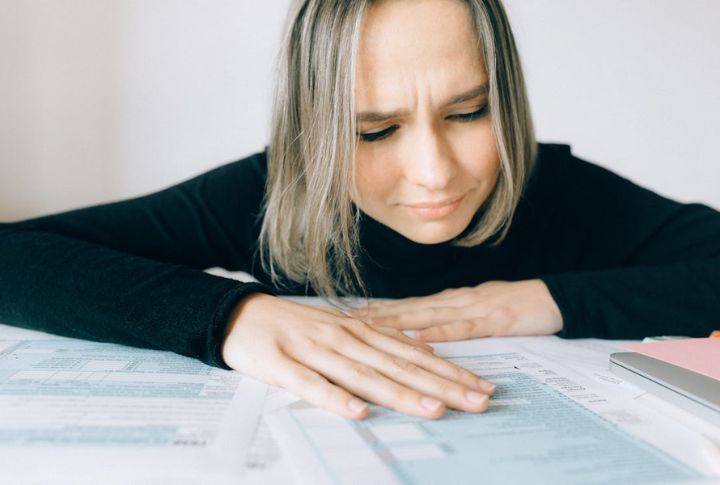
Being single fills you with a sense of independence and self-determination. But in America, it can also come with a price tag you might not expect. While couples can share resources and split expenses, singles frequently shoulder the full weight of financial responsibilities on their own. Over time, these differences can quietly add up, affecting long-term economic stability. These ten pointers reveal just how steep this “single premium” can be.
Higher Housing Costs For One

Living alone means paying the full rent or mortgage without a partner to share the load. According to Zillow, renters living solo face nearly $7,000 extra annually compared to those sharing a home. In cities like New York, the cost can soar to over $20,000 a year, as per StreetEasy’s analysis.
Limited Tax Breaks

The U.S. tax system offers certain advantages to married couples that singles can’t access. Without the option to file jointly or contribute to a spousal IRA, single taxpayers pay proportionally more. Estate planning benefits tend to be less generous for unmarried individuals.
No Shared Health Insurance

Employer-sponsored health insurance plans provide better value when covering multiple people under a family plan. Singles lack access to spousal coverage and carry the full cost of premiums, deductibles, and out-of-pocket expenses. This gap can be especially noticeable for services like dental and mental health care.
Costlier Car Ownership

When you own a vehicle, it means absorbing all car-related expenses without help from another driver. Married or cohabiting couples qualify for multi-driver discounts, while single drivers pay full rates. Solo commuters also miss out on the savings and convenience of regularly sharing rides with a partner.
More Expensive Dining Habits

Living alone often means paying more per meal. Bulk purchases are harder to manage, and restaurants or meal services rarely offer single-serving discounts. Over time, this results in significantly higher food expenses compared with households of two or more people.
Solo Travel Premiums

Travel for singles can mean paying more for the same experience. Many cruise lines and resorts charge “single supplements” to cover the loss of a second paying guest. Without a travel companion, solo travelers also miss out on splitting hotel rooms and ride-share costs that add up quickly.
Unshared Subscription Costs

Family or multi-user plans on streaming services and memberships reduce the cost per person. Singles, however, pay the full price themselves. Everyday subscriptions like cloud storage or gym memberships can eat into a larger portion of the budget.
Higher Emergency Expenses

Life’s curveballs hit harder when there’s only one income to fall back on. A medical emergency or a sudden repair can drain savings overnight. With no partner to share the burden of caregiving or expenses, singles often carry the full weight of crises.
Costlier Elder Care Planning

Singles are more likely to need paid caregivers or long-term care facilities, as there’s no partner to provide informal support. Retirement savings must also stretch further to cover all living expenses without the benefit of shared household costs.
Pricier Pet Ownership

Owning a pet adds joy, yet managing expenses alone can be challenging. Boarding, routine care, and unexpected vet bills are fully the owner’s responsibility. Many singles rely on professional services to ensure their pets receive proper attention and care, which can increase overall costs.
